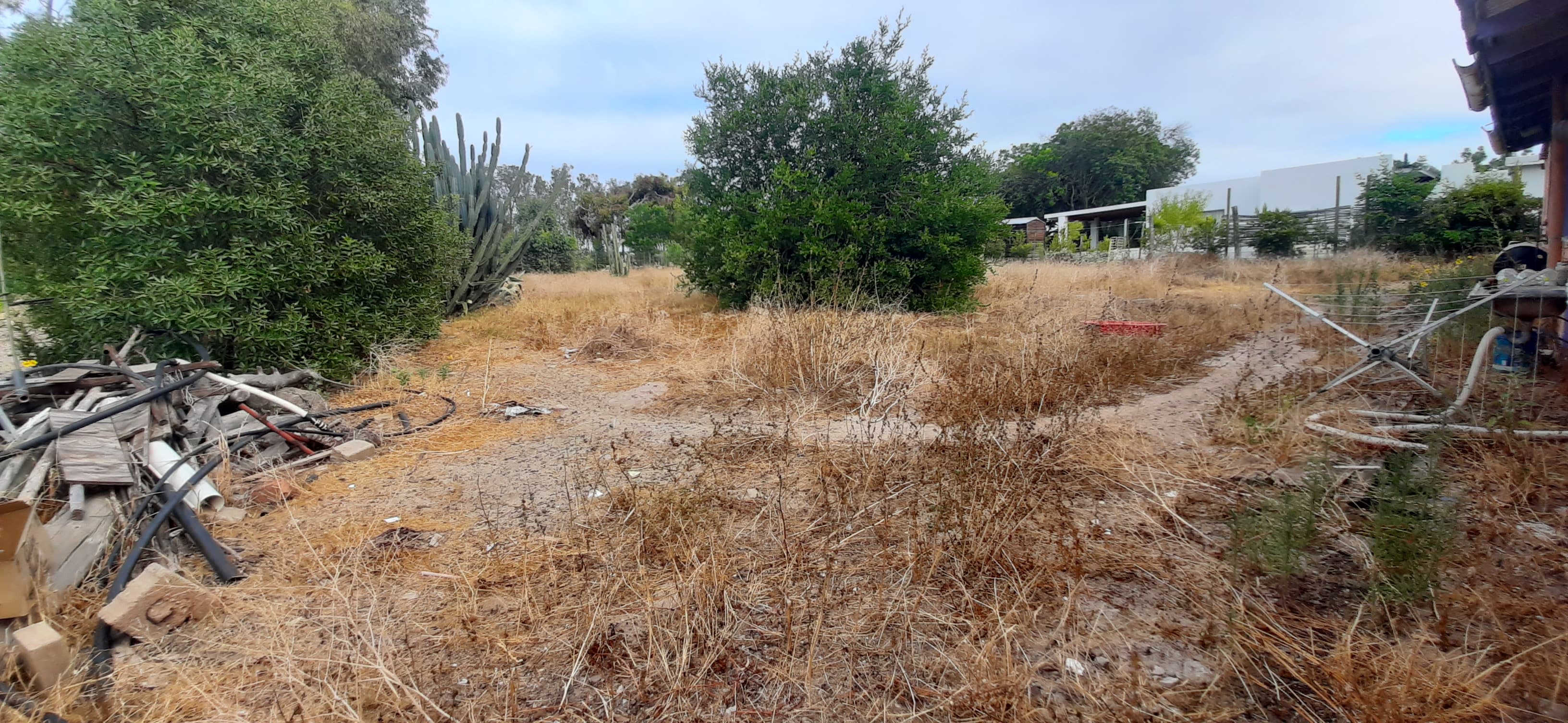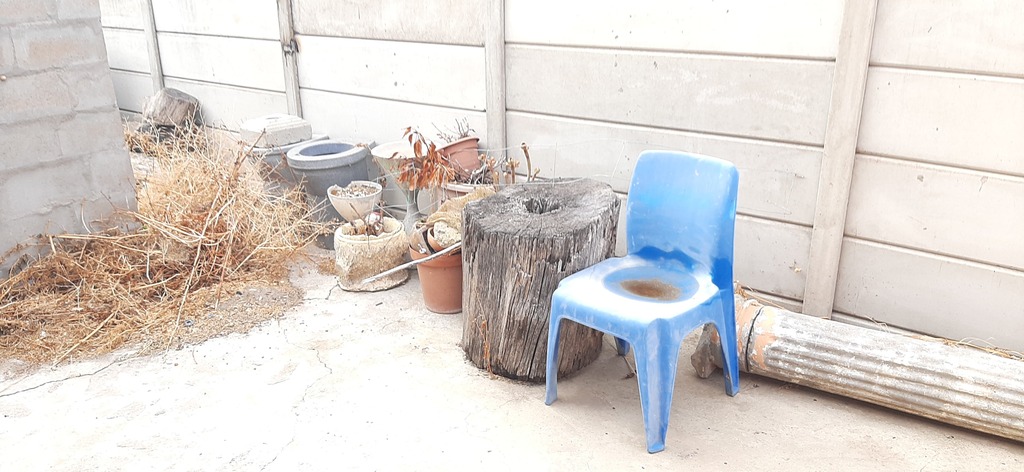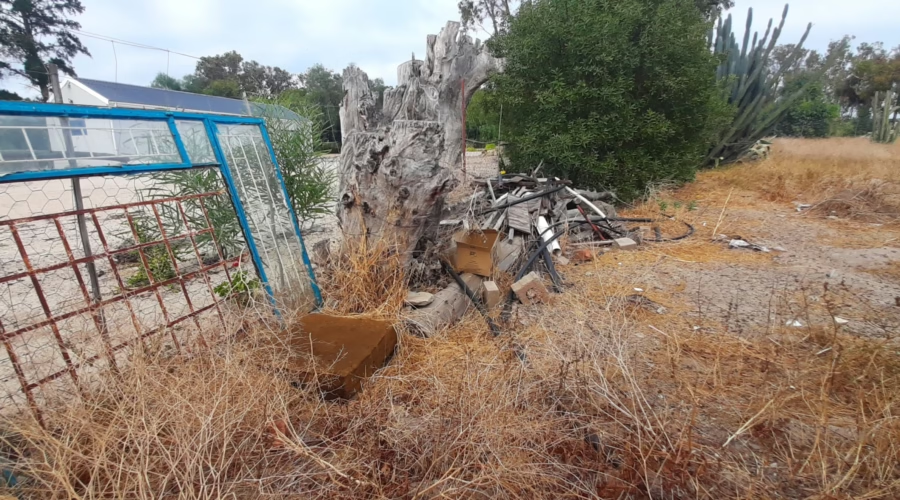A Yard of Hazards – Neglect Turned Playground for Danger
Introduction
A property’s yard should be a safe, welcoming outdoor space. Instead, the yard depicted in these photos is a landscape of neglect, filled with hazards that endanger its occupants, including children and pets. Despite the occupants’ efforts to clean the area—including removing three bakkie loads of junk before moving in—what remains is a testament to the landlord’s neglect and the municipality’s failure to enforce by-laws.
The Yard in Disarray
- Piles of Hazardous Debris
- The yard is strewn with:
- A discarded steel window frame.
- Piles of tree trunks and wood.
- Pieces of broken glass scattered throughout.
- The yard is strewn with:
- Unmanageable Vegetation
- The yard is overrun with weeds, making it nearly impossible to maintain or clean.
- The overgrowth conceals dangerous debris and attracts vermin.
- Infestation and Wildlife Encounters
- Vermin, including rats and mice, have taken over the yard.
- The tenant’s child has encountered snakes on multiple occasions while navigating the rubble and junk.
- The family dog has resorted to carving trails around the yard to avoid hazardous areas.

Health and Safety Concerns
- Physical Safety Hazards
- The broken glass, metal debris, and overgrown vegetation increase the likelihood of injuries, particularly for children and pets.
- The presence of snakes in a residential yard is a clear danger.
- Vermin Infestation
- Unchecked vermin spread disease and attract predators, compounding the risk to the occupants.
- Environmental Neglect
- The accumulation of debris and the overgrowth create ideal conditions for further environmental degradation, such as soil contamination and the proliferation of invasive species.

Legal Obligations and Violations
- Municipal By-Laws
- Health By-laws: Require property owners to maintain outdoor areas to prevent infestations and hazards.
- Waste Management By-laws: Prohibit the accumulation of waste and debris in residential areas.
- National Building Regulations and Building Standards Act (1977):
- Property owners are required to ensure that premises are safe and habitable, extending to outdoor areas.
- Animal Protection Laws:
- Exposing pets to hazardous environments violates the Animal Protection Act (1962) by neglecting their welfare.
- Children’s Act (2005):
- Exposing children to unsafe living conditions is a failure to prioritize their safety and well-being.
Municipal Responsibilities
- Enforcement of By-laws
- The municipality has a duty to inspect properties and enforce compliance with health and safety regulations.
- Immediate Remedial Action
- Authorities should issue directives for the property owner to clean and secure the yard. Failure to comply should result in fines or further legal action.
Conclusion
The condition of this yard is not only a blight on the property but also a serious health and safety issue for the occupants, including a child and a dog. The landlord’s failure to maintain the yard and the municipality’s lack of enforcement have turned this outdoor space into a breeding ground for danger.
Residents deserve better, and property owners must be held accountable for the condition of their premises. It is time for the municipality to step in, enforce the law, and ensure that this yard—and others like it—is restored to a safe and livable condition.
Legal Context for the Right to Publish
This article is published in accordance with:
- Section 16 of the Constitution of South Africa (1996): Protects the right to freedom of expression and raising public concerns.
- Promotion of Access to Information Act (PAIA) (2000): Supports transparency in highlighting public health and safety issues.
- Municipal By-laws and National Environmental Management Act (1998): Provide legal grounding to report environmental and safety hazards.


